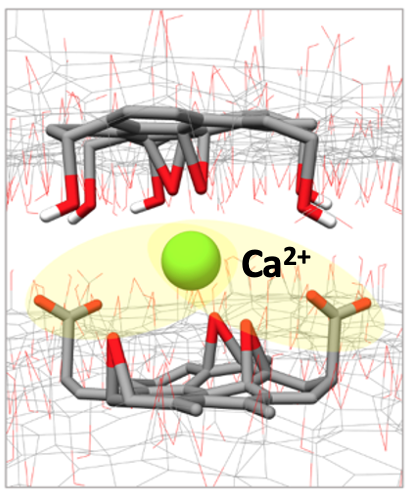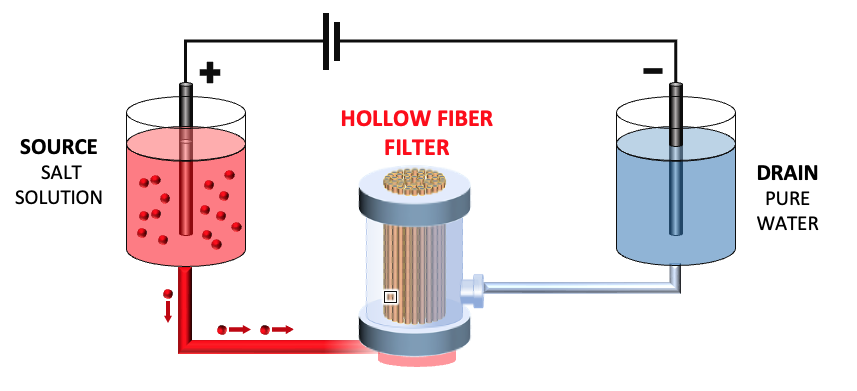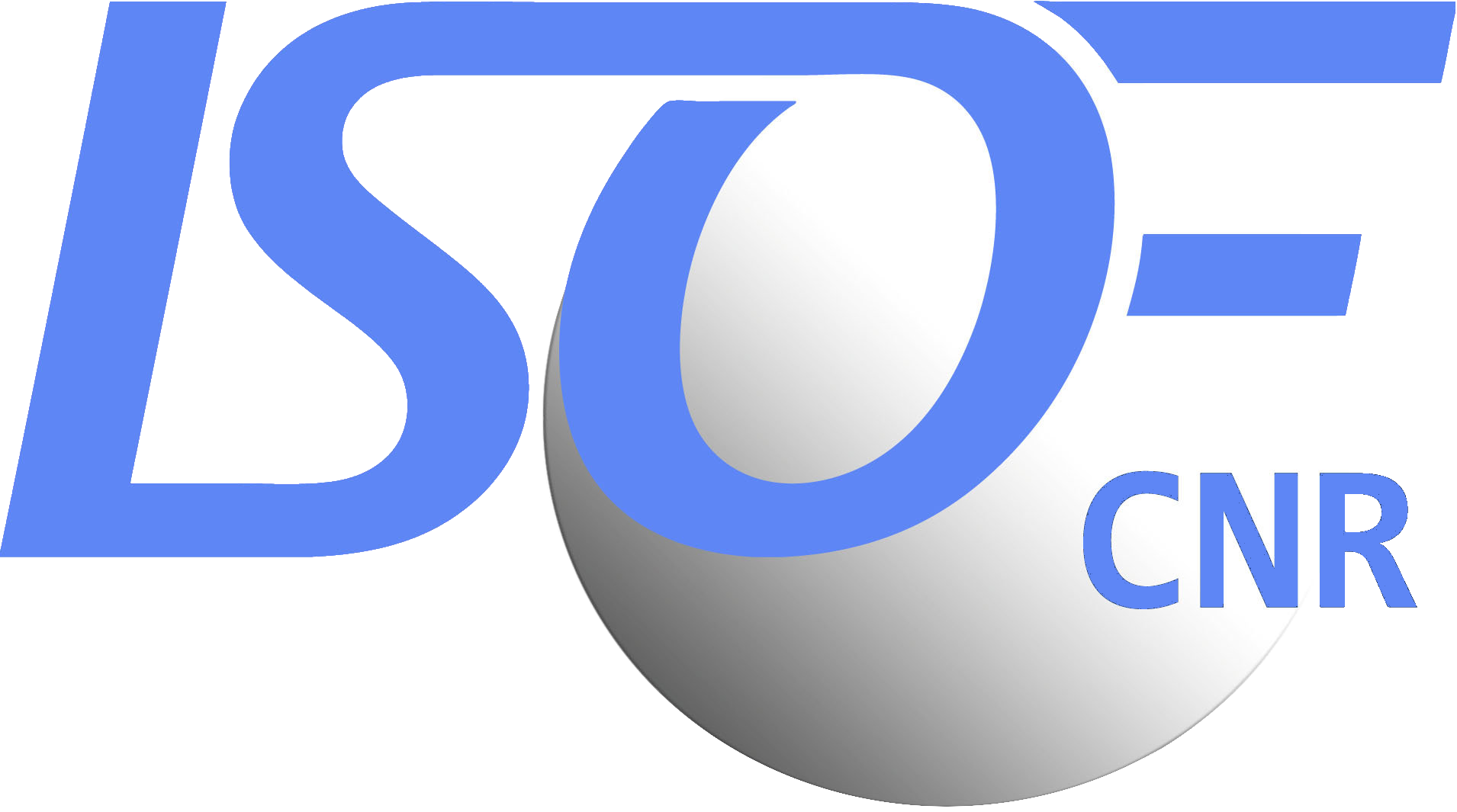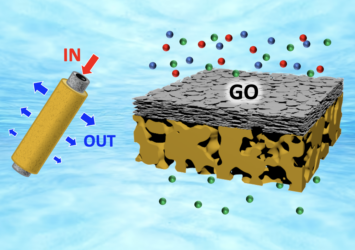Controlling ion transport within membranes is of significant interest in various fields, including water treatment, healthcare, intracellular ion transport etc.

Graphene oxide (GO), a one-atom thin material made of nanometric, carbon-based nanosheets, has emerged as one of the most promising materials for creating innovative membranes.
Although GO-based membranes have advantages in inducing selective ion transport, their practical application has been limited to laboratory scale due to constraints in producing compact and homogeneous filtering materials with surface areas larger than a few square centimeters. This is necessary for realistic water flows in real-world applications such as water purification.
Researchers at ISOF have demonstrated selective transport of different ions across GO coatings deposited on standard hollow fiber filters. The filters have an area more than 10 times larger than typical filters reported.
The work was performed in collaboration with researchers from the universities of Bologna, Göteborg and Venice and has been published in the journal Nanoscale. The fabrication procedure resulted in a uniform coating on the complex geometry, without any cracks or holes. Low electric voltage can transport monovalent ions such as Na+ and K+ through these filters, while divalent ions are blocked. The authors used transport and adsorption measurements, molecular dynamics simulations, and spectroscopic characterization to investigate the ion sieving mechanism. They found that the mechanism is primarily due to interactions between the ions and carboxylate groups on the GO surface at neutral pH.
Cations can be transported across the filters using a low electric bias (-1 V) and filtered based on their chemical affinity with the GO substrate and hydrated ionic radius.

This work provides insight into transport mechanisms and opens new perspectives for designing ion sieving devices using commercially available building blocks (GO and polymer filters) and scalable, low-cost, and sustainable membrane fabrication procedures. These can be applied in water softening, desalination, and other areas.
Full article:
Nanoscale (2024).


